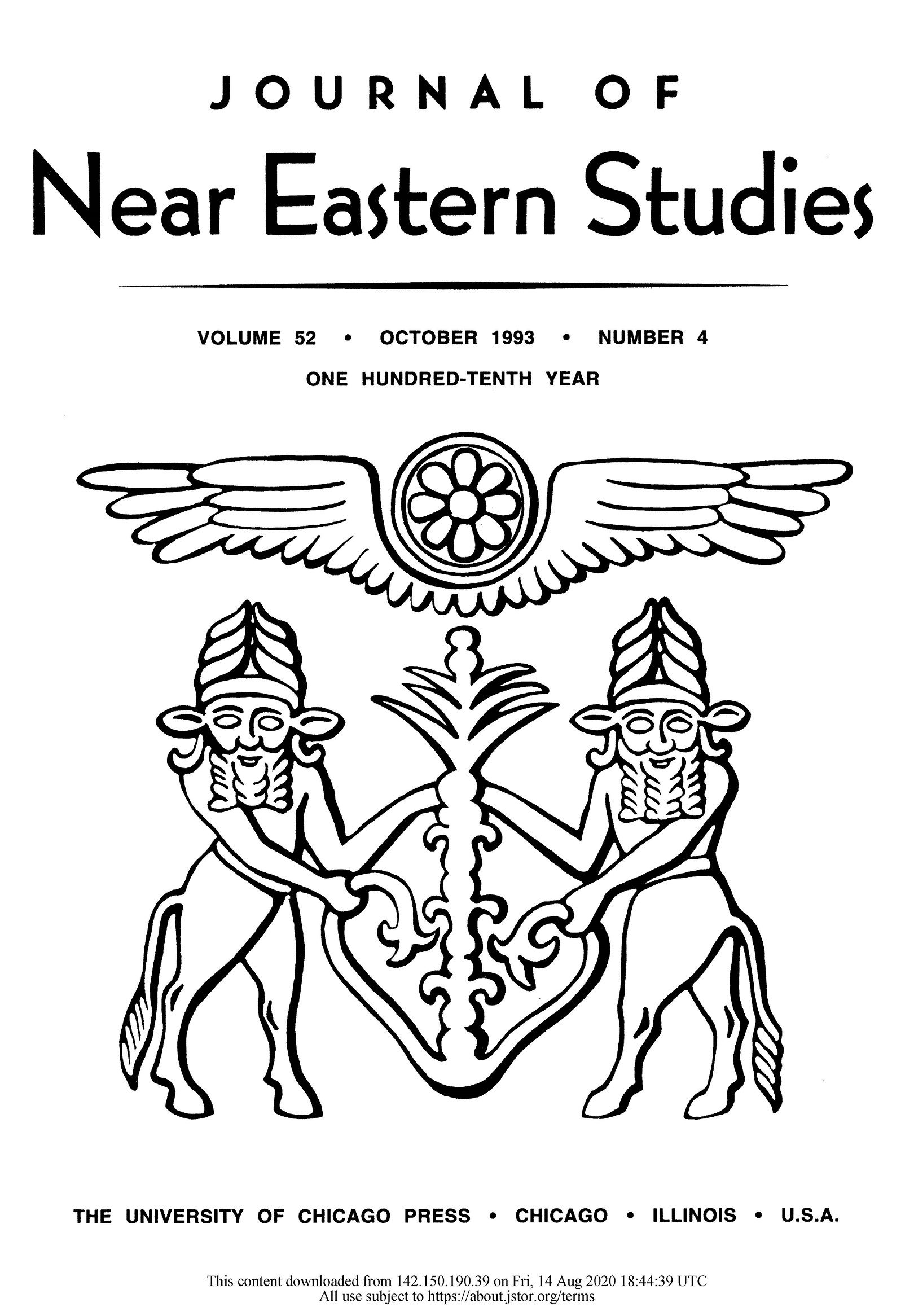First paragraph
Cult statues in ancient Mesopotamia were more than just simple representations of deities. They were fashioned and repaired in the temple workshop according to elab- orate prescriptions which transformed their lifeless matter into the living incarnation of the deity. The divine presence was thereafter maintained in the statue through the daily performance of complex rituals and ceremonies which were probably borrowed, for the most part, from the ceremonial of the court on the model of which gods and their retinues were believed to lead their existence. It is only with great difficulty that the modern mind can attempt to penetrate how the ancient Mesopotamians perceived this partial, or perhaps even complete, consubstantiality of the deity and its representation. Needless to say, no ancient text presents us with a self-conscious expository doctrine of statue wor- ship in the way that Christian theologians would later debate over comparable questions of dogma. Consubstantiality, for lack of a better term, was evidently not perceived as a problem by the common worshiper, nor did it ever become a matter for speculation or debate among scholars and intellectuals. Nevertheless, the peculiarities and contradic- tions of Mesopotamian statue worship did not fail to become the target of the derisive criticism of some contemporary neighbors of the Babylonians in the persons of the prophets of Israel, where the transition to a more transcendental concept of the divine had already taken place. Most references are found in Second Isaiah, which voices numerous condemnations of the worship of idols, as they are called, in Babylonia.
Publication Type
- Article



